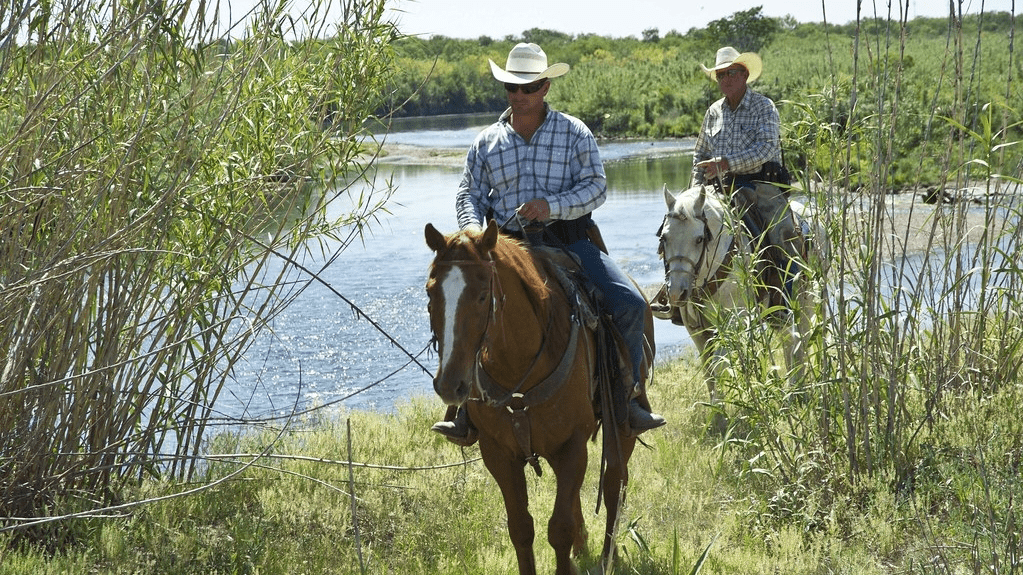APHIS in Action: APHIS Tick Riders Take on New Threat: New World Screwworm

For over a century, a dedicated group of mounted patrol inspectors—known informally as Tick Riders—has patrolled the southern U.S. border. Their mission: protect U.S. cattle from the cattle fever tick, a parasite that causes severe blood loss, weakness, and can transmit deadly diseases like babesiosis and anaplasmosis.
The Cattle Fever Tick Eradication Program (CFTEP), established in 1906, uses modern tools like chemical treatments, anti-tick vaccines, and injectable medications to manage the threat. Because Mexico continues to report cases of babesiosis, the Permanent Quarantine Zone (PQZ)—stretching from Brownsville to Del Rio, Texas—remains a critical line of defense. Within this zone, Tick Riders monitor for stray livestock crossing the border that may carry these dangerous ticks.
Expanding the Mission
With the detection of New World screwworm (NWS) in Mexico, CFTEP has launched a preventive treatment protocol for all cattle and horses apprehended along the PQZ. Under the new protocol, CFTEP staff apply NWS-preventative treatments to captured animals. These treatments are safe for animals and the environment. They do not replace APHIS’ routine inspections for cattle fever ticks.
About NWS

NWS is a devastating livestock pest. It’s larva (maggots) burrow into the flesh of living animals, causing severe and potentially fatal wounds. These parasites can affect livestock, pets, wildlife, birds—and in rare cases, humans. NWS is endemic in parts of the Caribbean and South America and has recently spread as far north as southern Mexico.
A Strong Commitment to Protecting Agriculture
As Tick Riders take on this new challenge, they continue to exemplify APHIS’ commitment to protecting U.S. agriculture. Their work helps ensure that farmers, ranchers, and producers can keep feeding, fueling, and clothing America.
#
USDA is an equal opportunity provider, employer, and lender.

